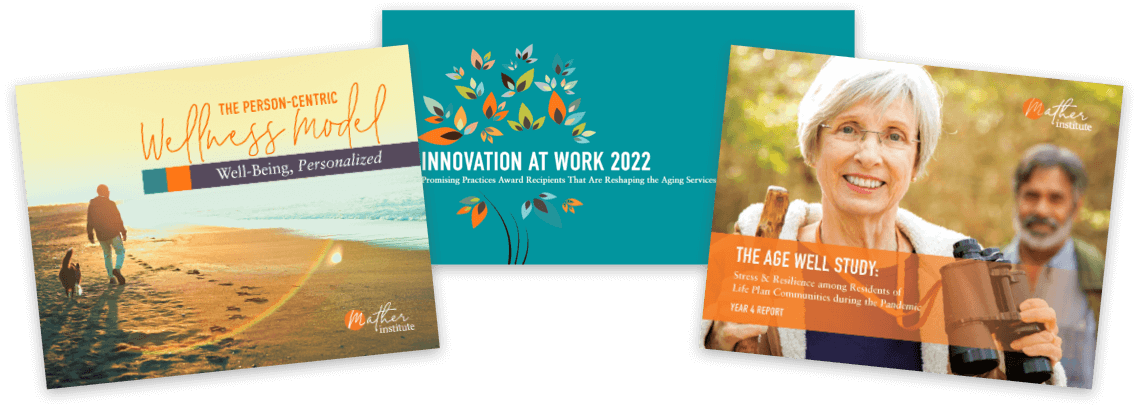A recent study examined how implementing the LOCK model can improve resident engagement and quality of interactions with staff in senior housing.
The LOCK model is based on results of a previous study and is an acronym for: “Look for the bright spots, Observe, Collaborate in huddles, and Keep it bite-sized.” To implement this model, care staff take a moment during their shift to observe their surroundings, identifying positive resident-staff interactions and opportunities for engagement. The care team then huddles for about 10 minutes to discuss what they observed, identify bright spots, and form an action plan. Staff then aim to implement small changes to improve resident engagement and discuss the outcome in future huddles.
To examine the model’s effectiveness, researchers conducted a LOCK-based intervention at six Veterans Health Administration nursing homes for an average of 30 weeks. Through observations before and after the intervention, researchers measured quality of resident-staff interactions and resident engagement. Pre- and post-intervention surveys measured resident and staff perceptions of resident experience, as well as staff job satisfaction. Interviews with staff were also conducted after the intervention.
Implementation of the LOCK model was significantly associated with more interactions with residents during routine care (an increase from 86.9% of staff to 96% of staff), as well as a significant reduction in negative interactions with staff (a decrease from 6.4% of staff to 2.3% of staff). Additionally, more positive emotional tone of interactions was associated with greater overall resident experience and more resident involvement in community life, as well as with greater staff satisfaction for training and rewards.
In interviews, staff often reported that taking a moment to observe their environment helped them become more aware of when residents were not engaged (often while waiting for an event to begin), as well as when interactions lack engagement (e.g., when handing out medications). Some even reported that enhancing interactions and engagement made work easier by helping staff to learn resident preferences and putting residents in a better mood.
Overall, this model appears to be a relatively simple and time-effective implementation to help staff identify opportunities to improve the resident experience.
Source:


